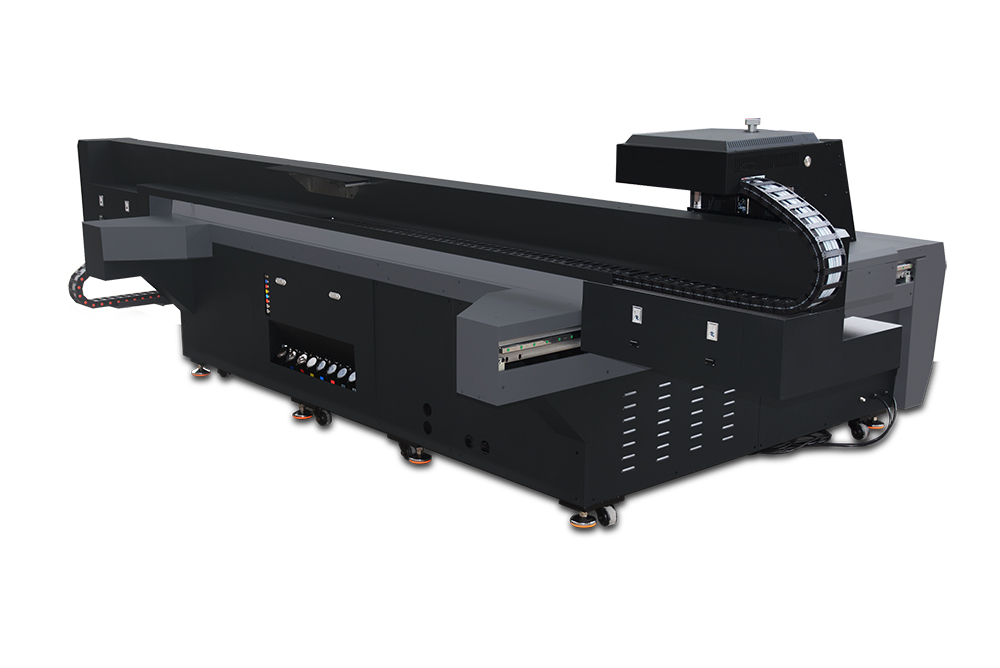UV Flatbed Printer: Best Practices for Operation and Maintenance
UV Flatbed Printer: Best Practices for Operation and Maintenance
UV flatbed printers have revolutionized the printing industry, offering unparalleled versatility and precision in producing high-quality prints on various materials. These printers use UV-curable inks that are instantly dried by UV light, enabling them to print on a wide range of substrates, including plastics, glass, metal, wood, and more. To ensure optimal performance and longevity of your UV flatbed printer, it is crucial to adopt best practices for both operation and maintenance. This article outlines key strategies for effectively operating and maintaining a UV flatbed printer.

Operation Best Practices
Proper Training and Familiarization
Before operating a UV flatbed printer, it is essential for all users to undergo proper training. This includes understanding the printer’s specifications, capabilities, and limitations. Familiarize yourself with the printer’s control panel, software interface, and safety protocols. Manufacturers often provide comprehensive user manuals and training sessions; make sure to leverage these resources fully.
Pre-Print Preparation
Pre-print preparation is crucial for achieving high-quality results. Ensure that the print bed is clean and free from any debris or dust. Use the appropriate pretreatment if necessary, especially when printing on materials that require additional adhesion assistance. Calibrate the printer regularly to maintain color accuracy and print quality.
Ink and Material Compatibility
Always use inks and materials that are compatible with your UV flatbed printer. Different inks have varying curing requirements and adhesion properties. Using incompatible inks or materials can lead to poor print quality, ink bleeding, or even damage to the printer. Consult your printer’s manual or the manufacturer for recommended ink and material pairings.
File Preparation and Print Settings
Proper file preparation is vital for achieving desired print outcomes. Ensure that your design files are in the correct format and resolution. Adjust print settings such as ink density, curing temperature, and print speed according to the material being used and the desired print quality. Experiment with test prints to find the optimal settings for different materials.
Monitoring During Printing
Continuous monitoring during the printing process is essential to catch any potential issues early. Keep an eye on ink levels, print quality, and the overall performance of the printer. If any issues arise, pause the print job and address the problem promptly to avoid wasting materials and time.
Maintenance Best Practices
Regular Cleaning
Regular cleaning is crucial for maintaining the printer’s performance and extending its lifespan. Clean the print bed after each use to remove any ink residue or debris. Wipe down the exterior of the printer and keep the working environment dust-free. Clean the UV lamps periodically according to the manufacturer’s recommendations to ensure efficient curing.
Ink System Maintenance
The ink system is a critical component of a UV flatbed printer. Regularly check ink levels and replace ink cartridges or tanks as needed. Keep ink cartridges sealed and stored properly when not in use to prevent contamination or drying out. Perform routine ink system flushes to maintain ink quality and prevent clogged nozzles.
UV Lamp Maintenance
UV lamps are responsible for curing the ink instantly after it is deposited on the material. Monitor the lamps’ performance regularly and replace them when they reach the end of their lifespan. A decrease in print quality or slower curing times may indicate that the lamps need replacement. Follow the manufacturer’s guidelines for lamp replacement and disposal.
Software and Firmware Updates
Manufacturers often release software and firmware updates to improve printer performance, add new features, or address known issues. Regularly check for updates and install them as recommended. This ensures that your printer is running with the latest optimizations and bug fixes.
Preventive Maintenance Schedule
Establish a preventive maintenance schedule to systematically inspect and service your UV flatbed printer. This may include tasks such as lubricating moving parts, checking for loose connections, inspecting belts and rollers for wear, and cleaning internal components. Adhering to a maintenance schedule can prevent unexpected breakdowns and costly repairs.
Environmental Considerations
UV flatbed printers are sensitive to environmental conditions. Ensure that the printer is operated within the recommended temperature and humidity range. Excessive heat or moisture can affect print quality and damage the printer’s components. Additionally, proper ventilation is essential to dissipate heat generated by the UV lamps and prevent overheating.
Professional Servicing
While routine maintenance can be performed by the operator, some tasks require professional servicing. Schedule annual or bi-annual professional maintenance with a certified technician. They can perform more extensive inspections, identify potential issues, and perform repairs that may be beyond the scope of routine maintenance.
Conclusion
Operating and maintaining a UV flatbed printer requires a combination of skill, attention to detail, and adherence to best practices. By following the guidelines outlined in this article, you can ensure optimal performance, consistent print quality, and extend the lifespan of your printer. Remember, proper training, regular cleaning, ink and material compatibility, monitoring during printing, and a preventive maintenance schedule are key to achieving successful outcomes with your UV flatbed printer. Investing time and effort in these practices will ultimately lead to greater efficiency, cost savings, and customer satisfaction.
